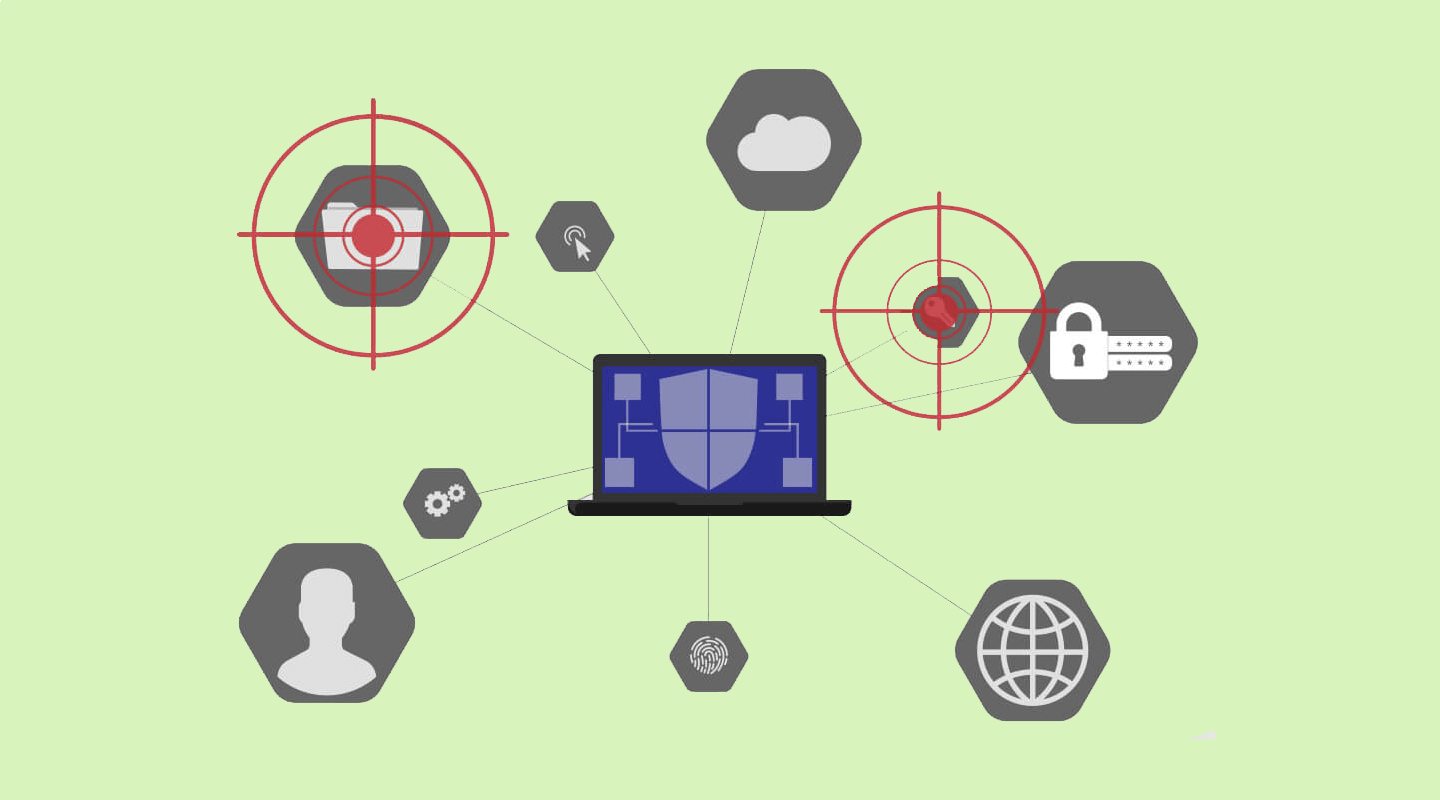How Does Threat Hunting Compare to Incident Response?
It is no news that businesses, organizations, and large-scale enterprises are always at a risk of falling victim to cyber-attacks, primarily as they are a hub of information and money.
A threat actor might target an organization irrespective of its size in search of money or to gain information to further assist in cybercrime.
The situation is grave, and 68% of businesses feel that their cybersecurity risks are increasing. Amidst this, it is crucial to adopt various.
This article emphasizes the essential roles that threat hunting and incident response play in protecting businesses from cyber-attacks.
Proactive Threat Hunting
Threat hunting involves a proactive approach to cybersecurity, focusing on identifying vulnerabilities and detecting potential threats before they can be exploited.
Reactive Incident Response
Incident response, on the other hand, is a reactive strategy deployed once a breach has been discovered, aiming to mitigate damage and restore security.
Synergy Between Approaches
Combining threat hunting and incident response strengthens an organization’s cybersecurity defenses, creating a more resilient and robust framework to withstand cyber threats.
Understanding Threat Hunting and Incident Response
Threat hunting and incident responses are rising threat monitoring and mitigation methods. These methods allow organizations to remain vigilant and protect from cyber attacks, data breaches, and system vulnerabilities.
While these two terms, threat hunting and incident response, often come together, they have separate meanings, methods, and goals for implementing cybersecurity within an organization:
- Threat Hunting: It is a pro-active approach towards cybersecurity involving a deep search of the network system vulnerabilities and discovering potential threats to the organization at various web interfaces such as the dark web, deep web, and the surface web
- Incident response: it is a reactive approach that is often activated if the system comes across an intrusion detection or network vulnerability
Both threat hunting and incident response are beneficial for an organization’s cybersecurity infrastructure. Where threat hunting allows organizations to protect from severe cyber-attacks and data breaches, incident response plans help organizations mitigate those risks.
How are Threat Hunting and Incident Response Beneficial for an Organization?
The cyber threat landscape is into a continuous ebb and flow, leading to a significant rise in data breaches occurring daily.
By some counts, within 2021 alone, more than 2,200 cyber-attacks are happening daily. At times most of these attacks are capable of causing significant damage to an organization’s financial and reputational stature.
After experiencing a cyber-attack, an organization not only faces a loss of clients and essential data, but the recovery process and the amount of money often stolen are enough to drive that organization bankrupt.
A solution to ensure protection from such long-term crumpling damage is to rely on a robust threat hunting and incident response plan.
Impact of threat hunting on organizations
Threat hunting is rapidly gaining recognition as one of the rising forms of ensuring cybersecurity.
It is a hypothesis-driven technique that protects the organization from possible advanced persistent threats (APTs) and other external attacks that might leave it vulnerable to data breaches.
Moreover, a threat hunting program helps IT analysts and security teams get a better picture of their organization’s security stature.
With early detection of threats, the IT security teams can build defenses against the worst possible security threats that might leave the organization vulnerable.
Apart from that, the security teams can analyze, contextualize and gain actionable intelligence regarding specific cyber threats through threat hunting to build robust strategies for mitigating them.
Since threat hunting is a proactive approach to cybersecurity, it helps protect your organization from severe remediation costs resulting from a cyber-attack or data breach.
Therefore, a threat hunting program can protect the organization from critical reputational and financial damages in the long term.
Is incident response beneficial for organizations?
A cyber attack can cripple an organization to the ground completely. Therefore, an incident response plan is crucial for an organization to continue its operations in a cybersecurity incident, natural disaster, or system failure.
One significant advantage of a robust incident response plan is that it helps reduce an organization’s downtime.
It features an action plan for the security team to follow for every situation allowing them to respond efficiently to various incidents. Apart from that, it also features creating relevant data backups to ensure data security.
Additionally, having a sound incident response plan helps an organization save its reputation.
The quicker an organization can extract itself from the emergency and continue its operation, the lesser it will impact its reputation. Having a relevant incident response plan helps achieve that.
Threat hunting or incident response: what does my organization need?
Choosing between threat hunting and incident response is somewhat tricky. Some might say that it all depends upon an organization’s security needs.
An organization looking to renew its security posture should solely opt for a threat hunting program to know what to build its defenses against.
In contrast, any organization needing an emergency response to a cyberattack, natural hazard, hardware damages, or emergency ld opt for an incident response plan.
However, while building an organization’s cybersecurity plan from scratch, it is best to opt for both threat hunting and incident response plans since they are both useful for an organization’s security and integrity.
How Does Threat Hunting Complement Incident Response?
Threat hunting and incident response are proactive and reactive approaches, respectively. Therefore, threat hunting complements incident response.
Organizations can implement both security approaches to achieve cyber resilience by building a solid and robust cybersecurity posture.
Since threat hunting features finding out possible threat factors that could damage an organization’s cybersecurity posture, there are various ways that it complements incident response.
A threat hunting program can often trigger an incident response to detect something malicious or a possible vulnerability within the network.
An organization can also use the information gathered through a threat hunting program to help build a relevant and robust incident response plan.
Final words
The modern threat environment is rapidly developing, leading to an alarming sophistication in cyber attacks. Amidst this, implementing various cybersecurity methods such as incident response and threat hunting becomes critical for an organization to ensure a strong cybersecurity posture.
For any organization that needs to secure itself from long-term damage and provide an action plan within an emergency, it is best to rely on both threat hunting and incident response.


